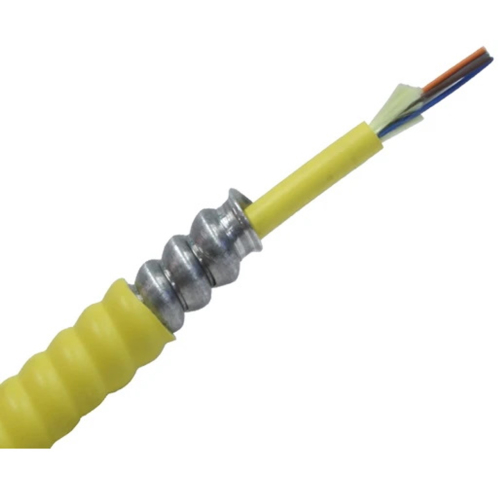What are the advantages of using Armored Fiber Optic Cable over Non-Armored?
Armored fiber optic cable, also known as "tactical" or "tough" fiber optic cable, is a type of fiber optic cable that is designed to be more durable and resistant to physical damage than non-armored cable. It typically has a protective outer layer or "armor" made of materials such as steel or Kevlar, which helps to protect the fiber optic strands inside.
There are several advantages to using armored fiber optic cable over non-armored cable:
- Improved durability: The armored outer layer helps to protect the fiber optic strands from physical damage such as crushing, bending, and twisting. This makes armored cable more suitable for use in rugged or harsh environments where non-armored cable might be damaged.
- Enhanced security: The armored outer layer can also help to prevent tampering or accidental damage to the cable. This can be particularly important in applications where the integrity of the fiber optic connection needs to be maintained, such as in military or security-sensitive environments.
- Improved resistance to environmental factors: Armored cable is also more resistant to environmental factors such as moisture, heat, and UV radiation. This can be beneficial in outdoor or underground applications where non-armored cable might be more susceptible to degradation.
- Harder to Install: Armored fiber optic cable is generally more difficult to install than non-armored fiber optic cable due to its additional protective layer. The armored layer adds extra weight and rigidity to the cable, which can make it more difficult to work with and require special handling during installation.
Overall, armored fiber optic cable offers a number of benefits over non-armored cable, particularly in applications where durability, security, and resistance to environmental factors are important considerations.

